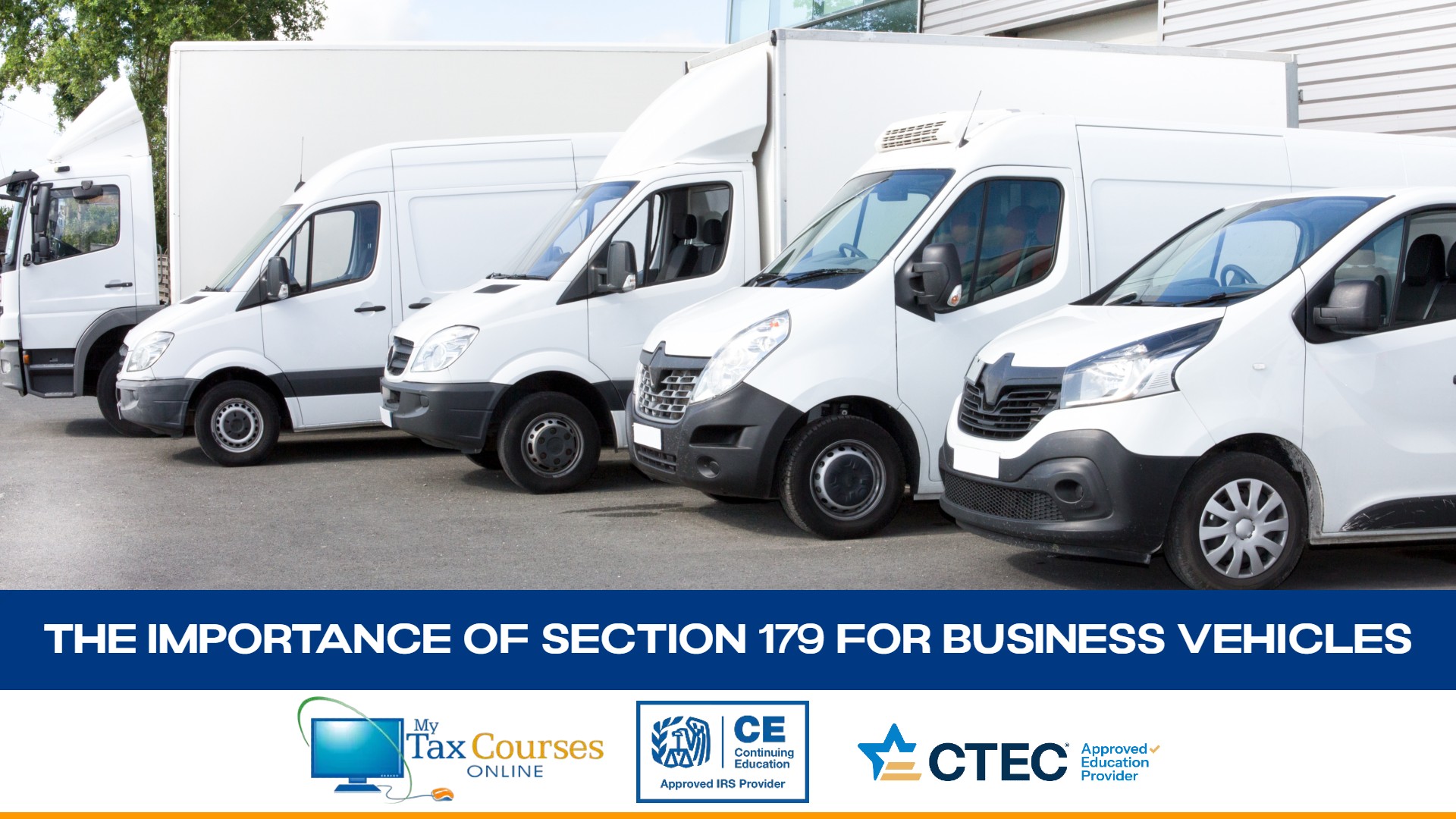You understand the importance of leveraging every available deduction to maximize tax savings for your clients. Section 179 and Bonus Depreciation are two powerful tools that can significantly reduce taxable income for businesses investing in vehicles and equipment. Understanding these provisions in detail will help you guide your clients effectively and ensure they take full advantage of these benefits.
Section 179: Key Considerations
Section 179 allows businesses to expense the cost of eligible equipment, including vehicles, in the first year of use rather than depreciating it over time. For 2025, the deduction limit is $1,250,000, with a total equipment purchase cap of $3,130,000. Once this threshold is exceeded, the deduction is reduced dollar for dollar.
Which Vehicles Qualify?
Not all vehicles qualify for Section 179 deductions. To be eligible, a vehicle must be used at least 50% for business and meet one of the following criteria:
- Heavy SUVs, Vans, and Pickup Trucks: Must exceed 6,000 lbs. gross vehicle weight and be primarily used for business.
- Specialty Vehicles: Vehicles with minimal personal use potential—such as box delivery trucks, hearses, ambulances, or classic cargo vans—automatically qualify.
- New or Used Vehicles: The vehicle does not have to be brand new—only new to the business.
- Purchased or Financed: Clients do not need to own the vehicle outright; financed vehicles still qualify.
Bonus Depreciation: When It Makes Sense
Bonus Depreciation is particularly beneficial for clients who exceed Section 179 limits. Applied after Section 179, it allows for accelerated depreciation in the first year.
For 2025, businesses can claim 40% bonus depreciation on new and used heavy SUVs, pickup trucks, and vans used more than 50% for business. Unlike Section 179, bonus depreciation can be carried forward if the business reports a net loss in a tax year, offering flexibility in tax planning.
Timing and Filing Considerations
To claim the Section 179 deduction, the vehicle must be purchased and placed into service between January 1 and December 31 of the tax year. The same timeline applies to Bonus Depreciation. One critical point to emphasize with clients: Section 179 is not automatic. It must be elected when filing their tax return by completing Form 4562, which discloses the acquisition in the year the vehicle was obtained.
Helping Your Clients Maximize Savings
Many business owners are unaware of these deductions and may be leaving substantial tax savings on the table. As their trusted tax advisor, you can ensure they are making informed purchasing decisions and structuring their vehicle acquisitions in the most tax-efficient way possible.
Stay Ahead with My Tax Courses Online
For a deeper dive into Section 179, IRS red flags, and common filing errors, My Tax Courses Online offers a comprehensive course: 2025 IRS Red Flags and Common Filing Errors. Enroll today to sharpen your expertise and provide the best possible guidance to your clients.
Stay informed, plan strategically, and help your clients make the most of these valuable tax-saving opportunities!










